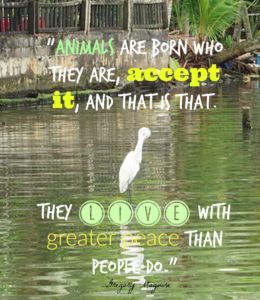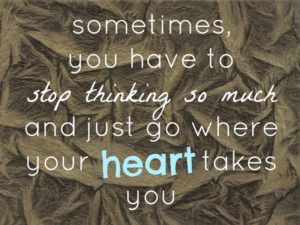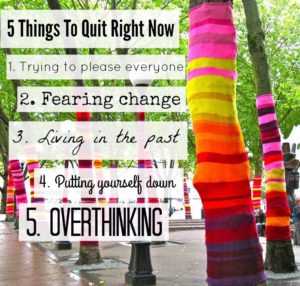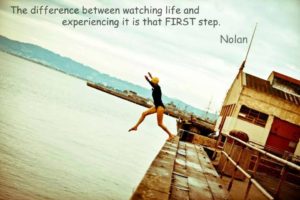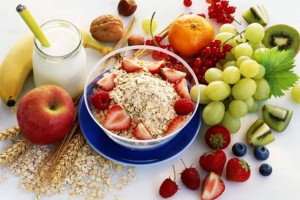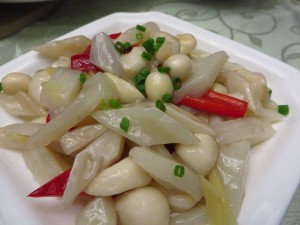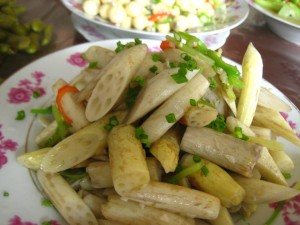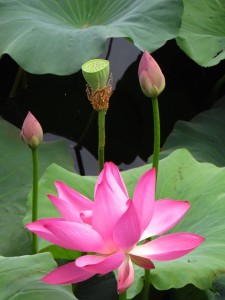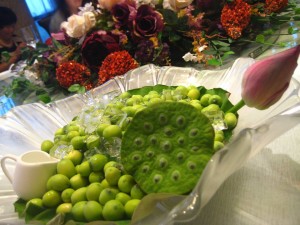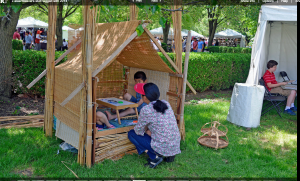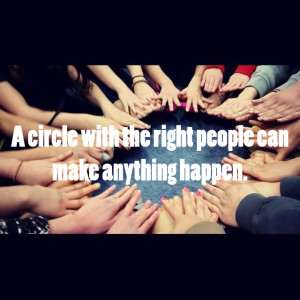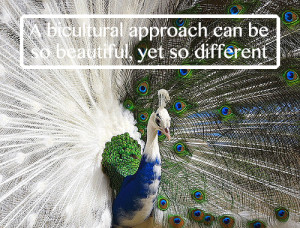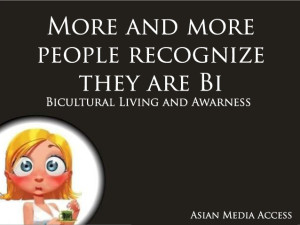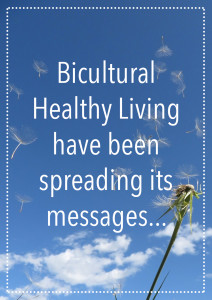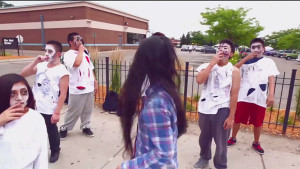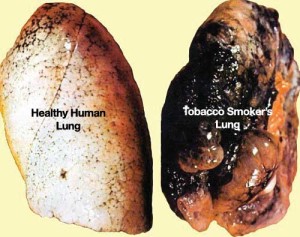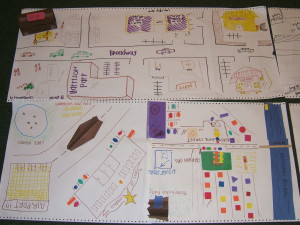Tag Archives: living
Nutrition and the Health of Young People
Benefits of Healthy Eating
- Proper nutrition promotes the optimal growth and development of children.1
- Healthy eating helps prevent high cholesterol and high blood pressure and helps reduce the risk of developing chronic diseases such as cardiovascular disease, cancer, and diabetes.1
- Healthy eating helps reduce one’s risk for developing obesity, osteoporosis, iron deficiency, and dental caries (cavities).1,2
Consequences of a Poor Diet
- A poor diet can lead to energy imbalance (e.g., eating more calories than one expends through physical activity) and can increase one’s risk for overweight and obesity.1,8
- A poor diet can increase the risk for lung, esophageal, stomach, colorectal, and prostate cancers.9
- Individuals who eat fast food one or more times per week are at increased risk for weight gain, overweight, and obesity.1
- Drinking sugar-sweetened beverages can result in weight gain, overweight, and obesity.1
- Providing access to drinking water gives students a healthy alternative to sugar-sweetened beverages.
- Hunger and food insecurity (i.e., reduced food intake and disrupted eating patterns because a household lacks money and other resources for food) might increase the risk for lower dietary quality and undernutrition. In turn, undernutrition can negatively affect overall health, cognitive development, and school performance.10-12
Eating Behaviors of Young People
- Most U.S. youth
- Do not meet the recommendations for eating 2½ cups to 6½ cups* of fruits and vegetables each day
- Do not eat the minimum recommended amounts of whole grains (2–3 ounces* each day)
- Eat more than the recommended maximum daily intake of sodium (1,500–2,300 mg* each day) .1,3,7
- Empty calories from added sugars and solid fats contribute to 40% of daily calories for children and adolescents aged 2–18 years, affecting the overall quality of their diets. Approximately half of these empty calories come from six sources: soda, fruit drinks, dairy desserts, grain desserts, pizza, and whole milk.5
- Adolescents drink more full-calorie soda per day than milk. Males aged 12–19 years drink an average of 22 ounces of full-calorie soda per day, more than twice their intake of fluid milk (10 ounces), and females drink an average of 14 ounces of full-calorie soda and only 6 ounces of fluid milk.6
Diet and Academic Performance
- Eating a healthy breakfast is associated with improved cognitive function (especially memory), reduced absenteeism, and improved mood.13-15
Credits to www.cdc.gov
Edible Lotus?
by Tanya Zhu
The lotus is an amazingly delicious plant. Aside from the medicinal uses of the lotus plant, the entire plant is edible. After the flower blooms, the golden seed pod turns a vibrant green, which grows larger as the seeds fatten. Eating fresh lotus seeds from a newly picked pod is heaven on earth. The seed germ has not yet developed its signature bitter taste, so you can pop the whole thing in your mouth. The stem of the lotus can be sauteed, as can the lotus root. The root and seeds are the most commonly used parts, but the lotus leaf is great for eating (with scrambled eggs) or wrapping (zong zi!) or as a tea, while the flower can also be lightly battered and fried (not unlike elephant ears). Yum.
A Chinese Way of Living
In this day, many Asian cultures have some Chinese influences in them whether it is food, religion, holidays, lifestyles, and such. You don’t have to be a certain race or ethnicity to live a bicultural lifestyle. It is about combining cultures together in positive ways. Here are some things you can do to incorporate some Chinese ways of living:
- A common thing found in across Asian cultures that originated in China is tea. There are many varieties of them and ways to consume tea. Teas can be enjoyed during different occasions and are versatile in what you can do with them. Also, they are easily found anywhere and can be made at home.
- Many Chinese cuisine nowadays are Americanized so they don’t taste as well and authentic. So other ways to enjoy them is seeking out local small Chinese owned restaurants, Asian groceries, flea markets/towns, and having connections to Chinese communities/friends/families. You may be able to see how they’re made and will be more likely to taste true Chinese cuisine.
- Chinese medicines are very popular, especially among the older generations because of its healthy benefits. Many traditional Chinese medicines are a mix of herbs, plants, roots, and such. Trying them out could be an healthier alternative and more natural process of eliminating sicknesses.
- Tai Chi is a form of Chinese martial arts and is known to be good for the body and mind. It helps the body exercise, relax, and destress. Anyone can take part of it and it can be done with a group or solo.
Postcards: Healthy Living
Bicultural Post Cards of the Week
Postcard of the Week: Bicultural Healthy Living
The spread of cultural awareness, acceptance, and knowledge has continue to rise as society become more open towards different kinds of people. Today we celebrate all kinds of things; such as holidays, ethnic identities, and more. Embracing our differences is what brings people together. Here are some ways you can experience different cultures:
- Eat ethnic food! It’s fun, fast,y and will allow you to really test your palate. Also, it’s easy to access (global markets, groceries, restaurants) or make on your own.
- Research about or attend a museum dedicated to the group. It’ll help give you historical, cultural, and facts about the culture you’re interested in.
- Interact with people from those cultures! Best experience for you to understand another culture on a deeper level is talk to the people from that culture. They can give you more information that you wouldn’t find by yourself.
- Listen to their music! Most likely that another culture may speak a different language or the same, but with a bit of difference. Listening to their music can give you an understanding what they like, value, and how they celebrate.
- Understand their native environment! It has a lot to do with how the group developed and use their environment in terms of their food, clothes, housing, hunting, traditions, and more.
Risks of Tobacco Use
We should always help educate youth about tobacco use and its risks. One of the many reasons why is because many people die each year due to using or smoking or being exposed to tobacco. According to www.cdc.gov, more than 480,000 deaths occur annually (including deaths from secondhand smoke). Here are some risks of tobacco exposure:
- Being second handy exposed to tobacco can cause you to develop health risks as a normal person using tobacco
- Tobacco can increase the risk of cancer which can form in most of your organs. The highest death rates are found in patients who developed lung and heart cancer.
- Nicotine is found in cigarettes and it is proven to be an addictive substance (http://www.drugabuse.gov). A stimulant can make the user feel adrenaline and become more alert. In this case, cigarettes can do the same and even produce a calming effect on the user.
- Many youths are influenced to use or smoke tobacco due to their social environments such as peers, families, stress, genetics, and more.
Comparing the lungs between a non smoker to a smoker, you can see the drastic difference in their health and conditions.
http://www.drugabuse.gov/
One of the best thing to do is avoid using or being exposed to tobacco. Don’t let anyone influence you to put yourself at risk. As a growing person, you may be influence to make decisions that you personally don’t want to. So be aware of who is a positive and negative influence in your life. Sometimes the best thing to do is just say “No”.
Building a Better Community
Our environment impacts our life in many ways that we are unaware of. Sometimes, the environment we live in can do good or bad thing to us such as our health, perspective, feelings and more. If you grow up in a neater community with a more nature, pedestrian, and family friendly environment you are more likely to have better health and a positive outlook on life. The same applies if you grew up in a poor condition community with little sidewalks, greens, and pollution you are more likely to have a poorer health and less likely to have a positive perspective.
There are things we can do to make our community a better place. It is about teamwork and commitment to make healthy change occur where you live. So how can you help your own community?
1. Attend community meetings. The most informative way to know what needs to change and improve about your community is understanding the problems. Get to know your community members and share your ideas on how the community can be improved.
2. Organize a team effort. Whether it is planting more trees or picking up trashes or starting a community garden, a small difference can make the community change. When people start to see improvement in their community, they are more willing to participate and be involved in their community.
3. Raise awareness. Try publishing interesting topics in your neighborhood newspaper, campaigns, and charity events where you can allow the residents and other people to know about the change you are pursuing.

